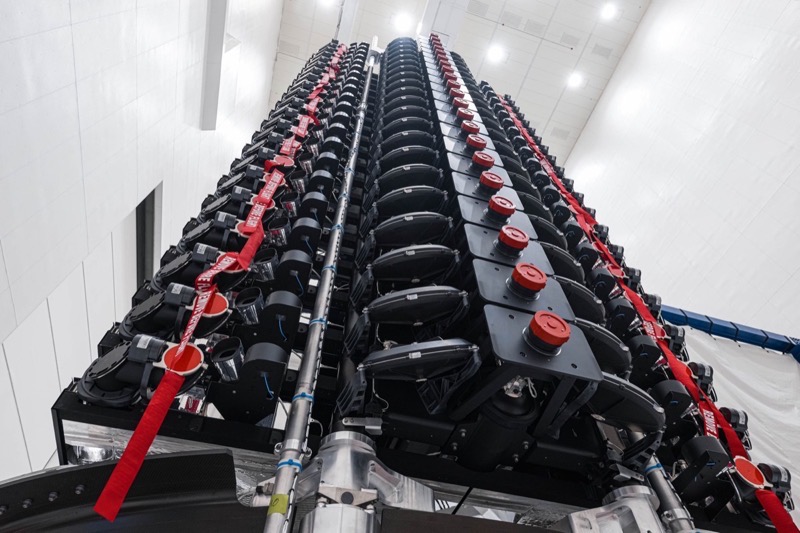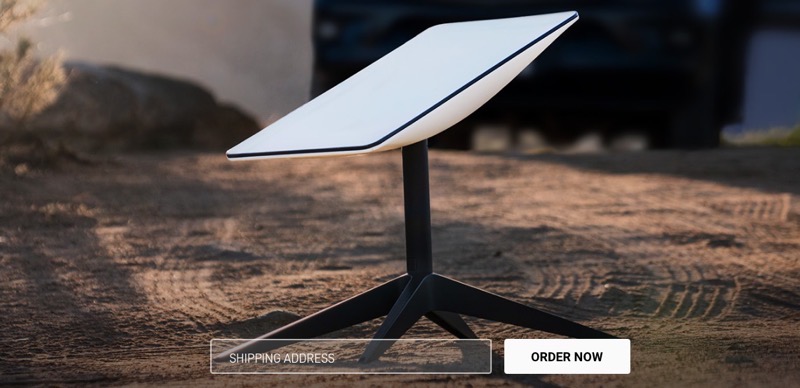
SpaceX Gains FCC Nod for E-Band Use in Starlink Expansion
SpaceX has received conditional approval from the Federal Communications Commission (FCC) for using E-band radio frequencies to enhance its Starlink broadband network.
The FCC’s decision, announced on March 8, will allow SpaceX to utilize E-band frequencies between its second-generation (Gen 2) Starlink satellites and ground gateways, complementing the currently employed Ka and Ku bands, reports SpaceNews.
The approval specifically permits SpaceX communications from space to Earth in the 71-76 GHz range, and from Earth to space in the 81-86 GHz range. This authorization applies to up to 7,500 Gen 2 satellites that SpaceX plans to deploy. The company’s broader ambition includes a total of 30,000 Gen2 satellites, supplementing the 4,400 Gen1 satellites already sanctioned by the FCC.
However, the FCC deferred a decision in December 2022 on the deployment of three-quarters of SpaceX’s Gen2 constellation, which involves satellites positioned closer to Earth to enhance broadband speeds. Additionally, the decision on the use of E-band frequencies was postponed, pending the establishment of operational guidelines for their space utilization.
In a recent regulatory filing, the FCC stated, “SpaceX’s proposed operations in the E-band present no new or increased frequency conflicts with other satellite operations.” The approval is subject to conditions, including possible operational modifications should conflicts with other satellite operators arise.
Starlink’s current satellite array uses the Ku-band for connecting user terminals. In October, the FCC authorized SpaceX to also offer fixed-satellite services from Gen2 spacecraft using V-band spectrum. E-band, like V-band, is categorized as extremely high frequency (EHF), offering higher bandwidth and throughput but also facing challenges like weather attenuation.
SpaceX, in 2023, projected that the use of E-band radio waves for backhaul would quadruple the capacity of each Gen2 satellite compared to previous models, although specifics were not disclosed. The use of E-band for backhaul is part of V2 Mini Starlink satellites, which are a bit smaller versus predecessors. These V2 Minis also have new argon Hall thrusters for better maneuvering in space.
Astrophysicist Jonathan McDowell notes that there are over 5,500 Starlink Gen2 satellites in orbit. These satellites are larger and more potent than the Gen1 variants but smaller than those planned for launch on SpaceX’s Starship vehicle. Approximately 1,500 satellites in orbit are classified as Gen1.
The FCC’s deliberation on the deployment of the remaining 22,500 satellites in SpaceX’s proposed Gen2 constellation continues.


